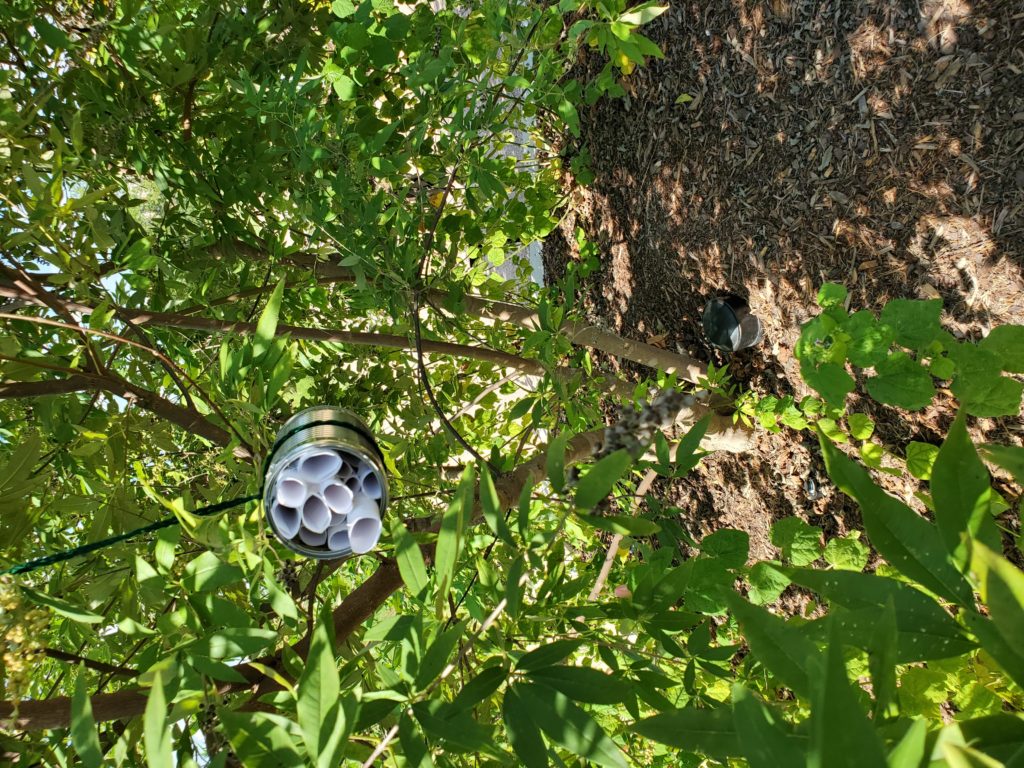What’s The Buzz About Bee Hotels
Bees are pollinators, meaning that they carry pollen from one flower to another spreading life everywhere they fly. However, many people believe that all bees live in hives and will sting people without warning or reason. This is simply not true however, as many bees, like the Mason Bee live alone in holes found in trees that other insects make. These bees also are very good-natured and hardly ever sting for any reason. These sweet little buzzers’ are an amazing gift for any garden and will increase the overall health for any garden. They are cross-pollinators who fly over flowers, branches, and trees, spreading life wherever the fly. So, how can you help make sure these incredibly important little guys have everything they need to survive and thrive in your garden or on your land? Well, as mentioned earlier, the nest in holes make in trees made by other insects, but what if all the big old trees with the nice roomy holes for the bees have been cut down? You can help encourage the bees to come on to your garden anyways by building them their very own Bee Hotel. These man-made contraptions mimic the habitat these buzzers’ live in the wild and gives them a great place to create their waterproof cocoons to make it safely through the winters, and gives them a comfy spot to rest.

